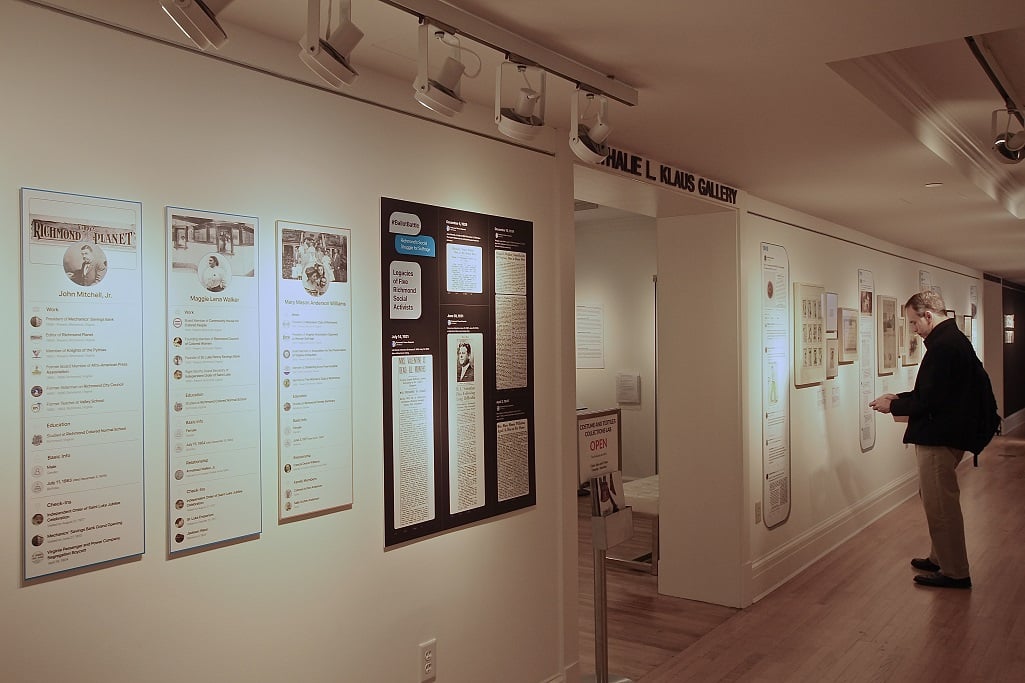In their latest exhibit, The Valentine puts a new spin on the fight to gain women the right to vote by imagining it as a social media battle between famous figures of the early 20th century. If you’ve ever wondered what Maggie L. Walker’s social media presence would...



